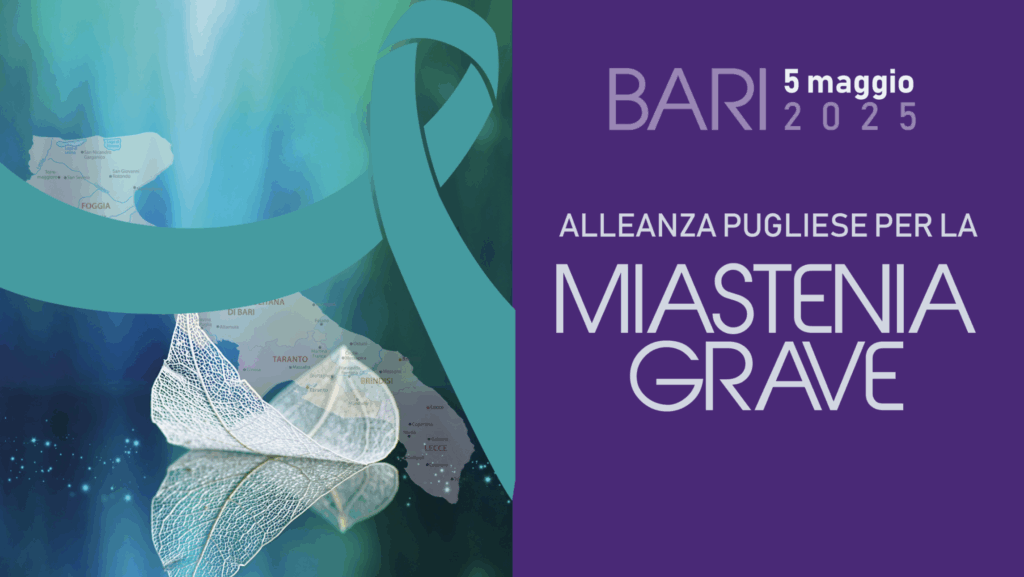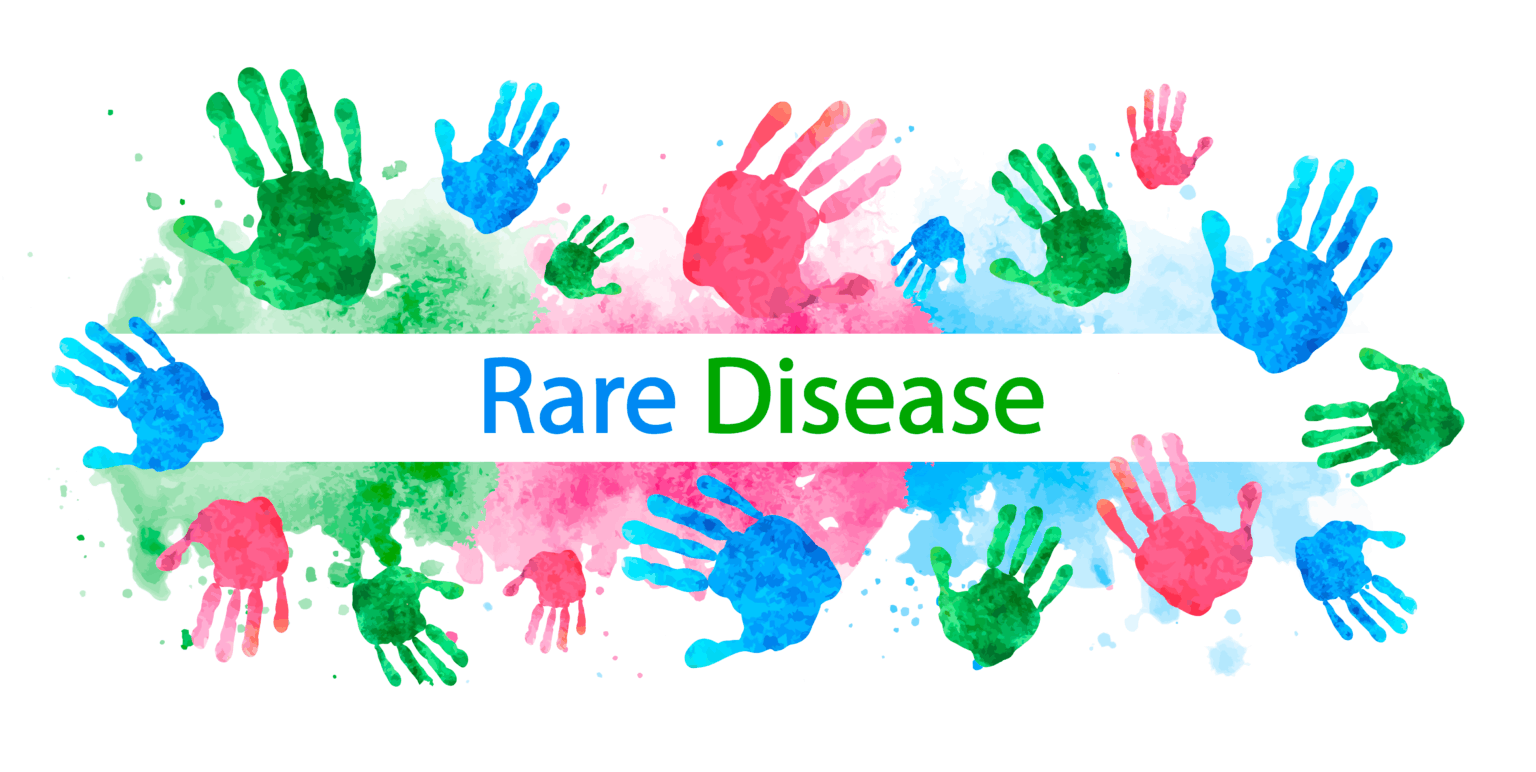Behind the background noise of health news that focuses mainly on epidemics, cancer and cardiovascular disease, there is a silent and suffering universe inhabited by millions of people who all too often lack diagnosis, effective treatment and a voice. This is the world of rare diseases. There are around 7,000 different diseases (estimates vary between 6,000 and 8,000, depending on the source and clinical criteria used), all of which affect less than 0.05% of the population. Therefore, a disease is considered rare if it affects less than 1 in 2,000 people (and very rare if its incidence is 1 in 50,000). Individually, these patients are invisible, but collectively they are impressive: an estimated 300 million people worldwide are affected by a rare disease, about 30 million in Europe and no less than 2 million in Italy, 70% of whom are children.
Another category is that of neglected diseases. These are infectious diseases that affect populations in the poorest countries and are therefore ignored by the pharmaceutical industry and the scientific community, despite their high health impact. Diseases such as leishmaniasis, African sleeping sickness, schistosomiasis and dengue fever are by no means incurable. Yet they continue to claim victims and draw maps of inequality because they are not ‘interesting’ enough (from a commercial point of view) to be treated.
In such a complex context, it is essential to create networks capable of coordinating the activities of specialists, general practitioners, patient associations, regional pharmaceutical services, health care companies and institutions in order to address the diagnosis and treatment of rare diseases in a coordinated manner.
Patient associations and their importance
We offer you an interview with Antonella Celano, President of APMARR APS ETS (National Association of People with Rheumatic and Rare Diseases), who we asked to introduce the topic.
Rare diseases are very numerous and very different. It is therefore necessary to create networks capable of systematising research, bringing order to diagnostic and therapeutic procedures and giving dignity to people, doctors, researchers, patients and their carers. APMARR works with rare disease centres in different regions and tries to facilitate ever closer links between them. However, it is well known that the quality of healthcare in Italy varies greatly between the North, South, Centre and Islands, leading to a significant flow of “health tourists” from the South to the North: people with diseases who prefer to be treated elsewhere or who do not have the possibility to be treated in their own region and therefore turn to hospitals in the North.
What is APMARR’s mission?
Improving the quality of care to improve the quality of life. All our activities focus on people with rheumatic and rare diseases. First of all, in terms of awareness: people need to learn to recognise the symptoms, they need to learn to communicate with their doctor to report symptoms and situations correctly so that the doctor can refer the patient to the right specialist for an early diagnosis.
For rare diseases, getting the right diagnosis is very complicated. This is why patient associations are so important: they provide information, suggestions, experience and viewpoints to doctors and their scientific societies; they are essential for testing diagnostic protocols and individual drugs; they also provide valuable information to policy makers, health authorities and individual health districts; they fight for fair policies, raise public awareness and support families in terms of information and representation.
Is there a greater awareness of these rare diseases among the general public?
I have to say that, fortunately, everything has changed in recent years. Today, rare diseases are covered by the National Health Service and are classified appropriately, and patient care is truly effective, allowing these individuals and their families to receive specific, high-quality care without having to endure the long waiting lists that citizens often face. Rare diseases are given preferential treatment, which is only fair as they often affect children.
We are aware that scientific research, and pharmaceutical research in particular, is closely linked to the logic of profit. Are things improving in the field of rare diseases?
It is a fact that rare disease research is often paralysed because it is not profitable. Often, especially in Italy, there are also bureaucratic problems. For example, when a drug is approved for marketing by the AIFA, it should automatically be available in all regions. However, there are individual regional manuals that can block the purchase and use of the drug. These circumstances are truly regrettable in a country where Article 32 of the Constitution states that the right to health is sacred and must be guaranteed to all, while today in Italy there are first- and second-class regions. Fortunately, rare diseases have specific channels that guarantee their treatment and care.
The Pugliese Alliance against Myasthenia Gravis
On 5 May 2025, an innovative conference was held in Bari: a true strategic alliance involving all regional stakeholders: medical specialists, patient associations, regional pharmaceutical services, healthcare companies and institutions, with the aim of coordinating the diagnosis and treatment of people with myasthenia gravis, an autoimmune neuromuscular disease that affects around 800 people in Apulia, 15,000 in Italy and 100,000 in Europe.

Dr Claudia Laterza, paediatrician, palliative care specialist and former advisor to the AReSS Puglia Rare Disease Coordination Unit, says: “This conference was organised following a collaborative process that has resulted in a document containing operational guidelines to improve regional resources and ensure fair and appropriate management of myasthenia gravis, one of the most common rare diseases. It affects people of all ages, with a peak in men between 50 and 60 and women between 30 and 40, who complain of significant delays in diagnosis. Early diagnosis and appropriate care can prevent prolonged physical and psychological suffering and improve the quality of life of individuals and their families.
Neurologist Dr Paolo Emilio Alboini, Medical Director of the IRCCS Ospedale Casa Sollievo della Sofferenza in San Giovanni Rotondo, adds: “Apulia has very precise and structured programmes in the field of rare diseases. The great attention paid by the institutions is complemented by new medical and scientific knowledge, which allows for a better rationalisation of the available resources. In the last five years, some new therapies have allowed a paradigm shift, returning patients to their pre-disease state without the serious side effects associated with standard therapy until a few years ago, with a positive impact on the economic sustainability of regional healthcare systems.
Myasthenia gravis is now recognised as a rare disease in Italy, with access to specific protection in terms of diagnosis, treatment, exemption from healthcare costs, employment rights and financial support. It is therefore essential that patients receive adequate information and support in the health, prevention and social fields.



